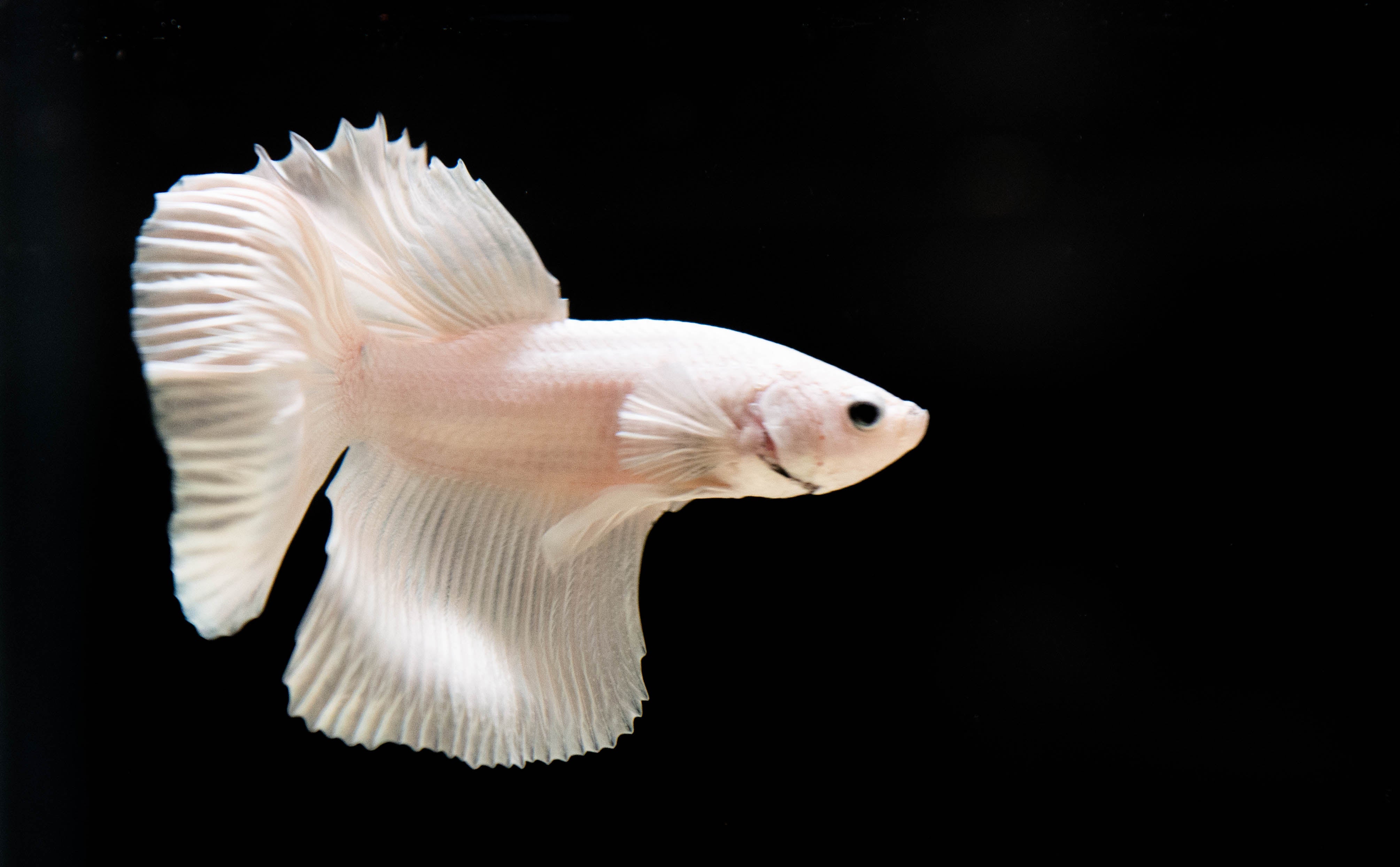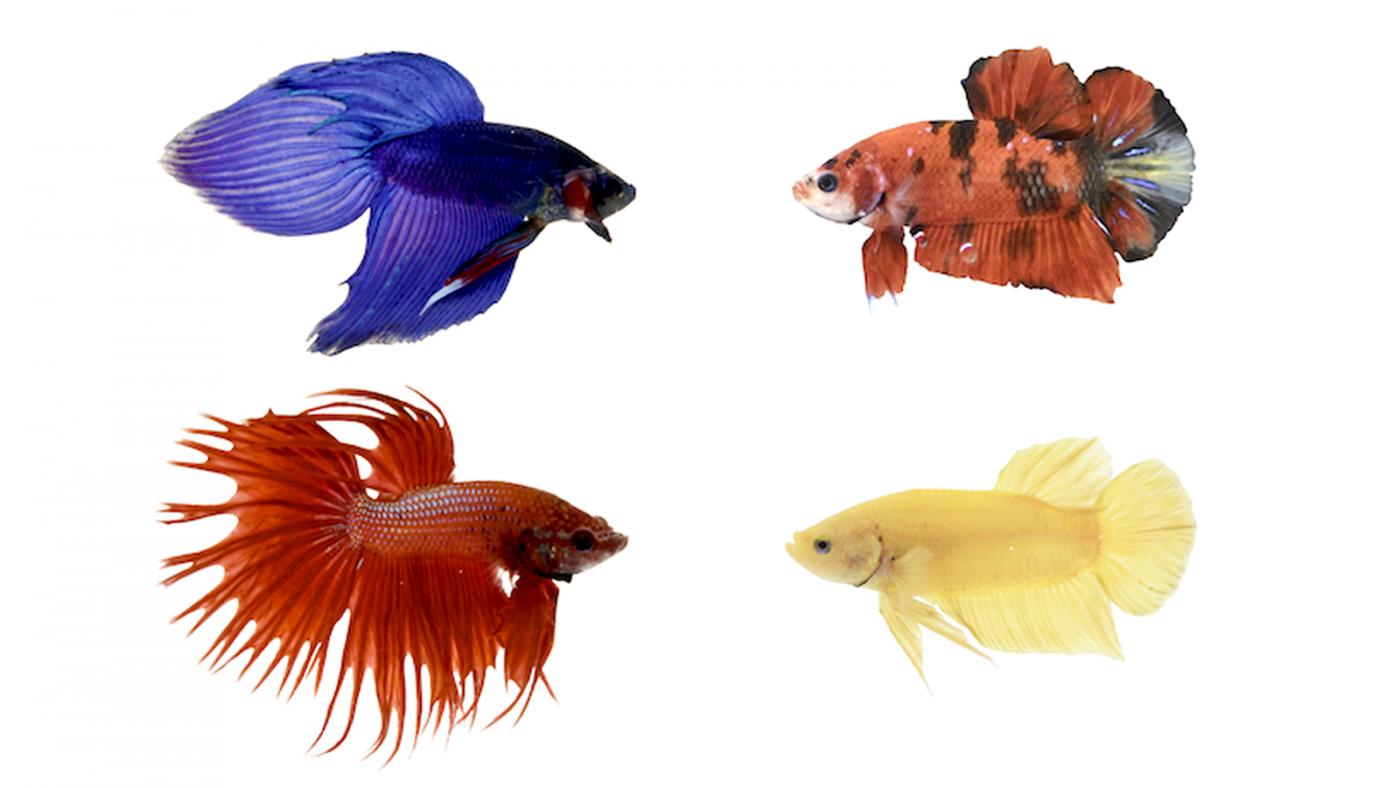Betta Fish Tank Arrangement: A Step-by-Step Guide for Beginners
How to Reproduce Betta Fish Successfully: Specialist Methods and Insights for Hobbyists Looking to Increase Their Betta Collection
Breeding Betta fish requires a nuanced understanding of genetics and ecological problems, making it essential for hobbyists to approach the procedure with both persistance and care. Developing an optimal reproduction setting, selecting the best sets, and observing the details of their courtship actions are foundational steps that can considerably affect the result.
Recognizing Betta Fish Genes
Understanding the genetics of Betta fish is essential for successful breeding, as it influences characteristics such as color, fin shape, and habits. Betta fish display a diverse range of colors and patterns, mostly identified by their genetic makeup. The primary genes responsible for coloration include the "B" gene for blue, "D" genetics for red, and the "C" genetics for shade strength. Breeders can control these characteristics by choosing particular parent fish that exhibit wanted features.
In enhancement to pigmentation, fin morphology is another substantial element of Betta genetics (betta fish). The sizes and shape of fins are influenced by different genetics, including those that establish whether the fins are short, long, or veil-shaped. Understanding these genetic variations helps dog breeders anticipate the phenotypic outcomes of their children
Moreover, behavioral qualities such as aggression and territoriality can likewise be influenced by genes. These habits play a vital function in the reproducing procedure, as they can affect generating success and the general temperament of the resulting fry. By adequately understanding these hereditary concepts, breeders can make educated choices, eventually improving their reproduction programs and accomplishing desirable outcomes.
Preparing the Breeding Setting
Creating an optimal breeding atmosphere is vital for the successful reproduction of Betta fish. The initial action in preparing this atmosphere is to choose an appropriate reproduction container, ideally varying from 5 to 10 gallons.
Following, consider making use of a sponge filter or an air rock to supply gentle water blood circulation without producing strong currents that can emphasize the fish. It is important to set up plants or breeding cones to offer concealing spots and advertise comfort for the lady during the spawning procedure. Drifting plants, such as Java moss or water sprite, can additionally produce a more native environment while promoting bubble nest structure by the man.
Prior to presenting the breeding sets, ensure the water is conditioned and totally free from damaging chemicals, such as chlorine or heavy steels. betta fish. Regular water adjustments ought to be conducted to maintain optimal water quality, enhancing the chances of successful breeding. With these preparations in location, the reproducing environment will support the health and wellness of both Betta fish
Picking Reproduction Pairs
Selecting the best reproduction pairs is critical for accomplishing successful Betta fish reproduction. When picking your reproduction sets, think about several crucial factors including our website health, temperament, and genes. Healthy and balanced Betta fish show dynamic colors, clear eyes, click to read and active behavior. Picking fish that are without illness makes sure a much better opportunity of generating practical offspring.
Character is an additional vital consideration, as Betta fish are recognized for their hostile nature. It is a good idea to pick a male and female that show suitable personalities to lessen stress throughout the reproducing process. A calm man can encourage a smoother courtship, while a female that is as well hostile may interfere with the process.
Hereditary background additionally plays a substantial duty in the high quality of the offspring. Breeding fish that are genetically varied can decrease the risk of genetic wellness concerns and improve the overall vigor of the fry. It is beneficial to investigate the lineage of both the man and lady, focusing on preferable qualities such as fin type, color patterns, and size.
The Reproduction Process
The breeding procedure of Betta fish calls for careful planning and interest to information to ensure a successful end result. It is essential to prepare a suitable breeding container, ideally a 5-10 gallon fish tank with a temperature level maintained at 78-80 ° F. The tank must be equipped with a heating unit, filter (ideally sponge kind to prevent strong currents), and a lot of water plants for the lady to hide.
As soon as the check my reference atmosphere is established, present the selected reproducing set to the container, permitting them to accustom. Observe their habits; the male will display elaborate courtship rituals, including flaring his fins and constructing a bubble nest. If the lady reveals passion, she will certainly show vertical stripes showing preparedness for spawning.
When the lady is responsive, both will engage in a breeding accept, during which the male fertilizes the eggs. It is vital to monitor their interactions closely, as the male might end up being aggressive. After spawning, get rid of the lady to avoid prospective damage. The male will certainly have a tendency to the eggs, which usually hatch within 24-36 hours. Maintaining optimal water problems during this duration is vital for the development of healthy Betta fry.
Caring for Betta Fry

Feeding Betta fry is important, as they require a diet regimen high in protein. They can be fed infusoria or fluid fry food, transitioning to finely smashed top quality pellets as they expand. Feed small parts numerous times a day to motivate healthy growth without overloading the container with leftover food.

As they grow, check their development carefully and divide any type of hostile people to avoid harm. By supplying a supporting atmosphere and correct nutrition, hobbyists can efficiently increase Betta fry into vivid, healthy fish, ultimately boosting their breeding ventures.
Verdict
Effective Betta fish reproduction calls for careful focus to hereditary selection, environmental conditions, and treatment for the fry. By understanding the genes of Betta fish and preparing a suitable reproduction environment, hobbyists can boost the opportunities of generating vivid, healthy children.